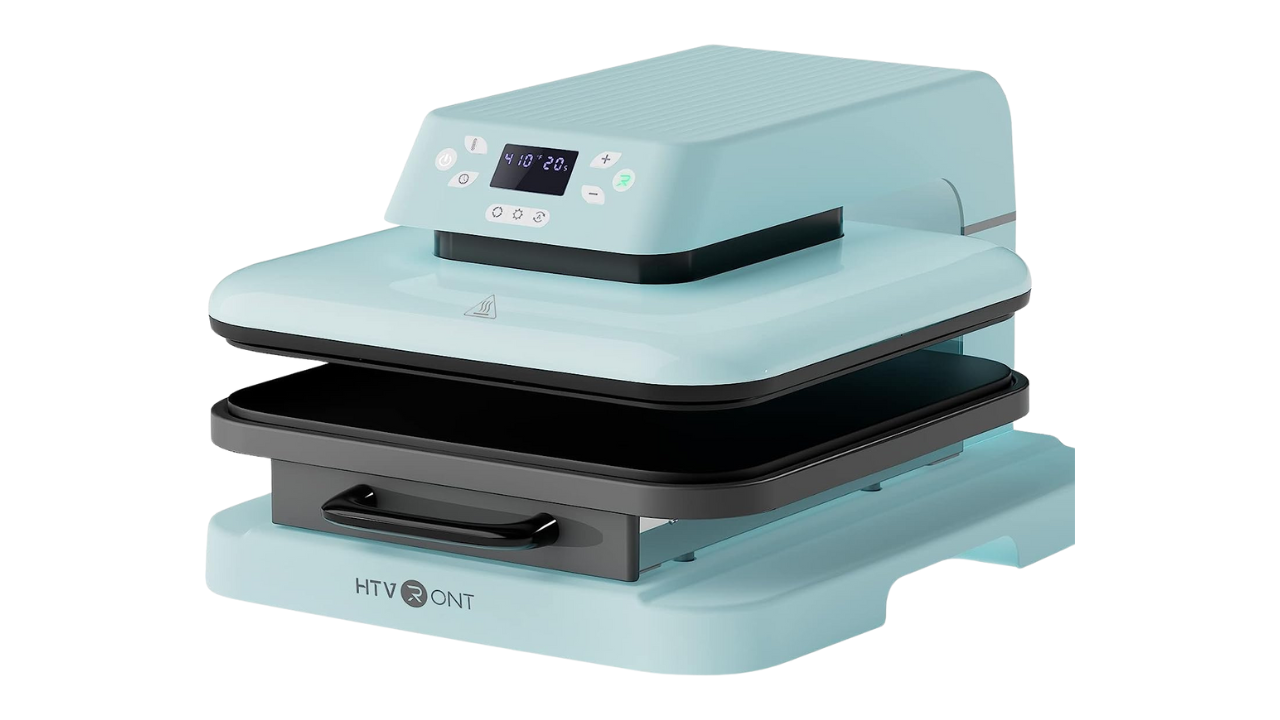Understanding Heat Press Technology
Heat press technology has revolutionized the way we create custom designs on various materials. From personalized apparel to promotional items, heat presses offer precision, durability, and versatility. This article explores the fundamentals of heat press technology, including its mechanisms, types, applications, and benefits.
What is Heat Press Technology?
Heat press technology involves the use of heat and pressure to transfer designs onto different surfaces, typically fabrics. This process allows for the application of intricate designs, logos, and images onto substrates such as t-shirts, hoodies, and caps. The technology combines heat, pressure, and time to ensure that the design adheres firmly to the material.
The Heat Press Process
The heat press process can be broken down into several key steps:
1. Design Preparation
The first step involves preparing your design, which is usually printed onto transfer paper or vinyl. The design is created using graphic design software and then printed with a compatible printer. For vinyl transfers, the design is cut from sheets of heat transfer vinyl (HTV).
2. Setting Up the Heat Press
Before starting, set the heat press machine to the required temperature and time according to the transfer material’s specifications. Preheat the machine to ensure it reaches the optimal temperature for effective transfer.
3. Positioning the Design
Place the transfer paper or vinyl design onto the substrate in the desired position. Ensure that the design is correctly aligned to avoid any misalignment during the pressing process.
4. Applying Heat and Pressure
Close the heat press machine to apply heat and pressure to the design. The heat causes the adhesive on the transfer paper or vinyl to bond with the substrate, while the pressure ensures an even application. Follow the recommended time and temperature settings for best results.

5. Removing the Transfer
After the pressing time is complete, carefully open the heat press and remove the transfer paper or vinyl. Allow the substrate to cool, ensuring that the design has adhered properly before handling.
Types of Heat Press Machines
There are several types of heat press machines, each designed to cater to different needs and applications. Here’s a look at the most common types:
Clamshell Heat Press
The clamshell heat press features a top platen that opens vertically, similar to a clamshell. This design is compact and easy to use, making it ideal for small to medium-sized projects. It’s a popular choice for beginners due to its straightforward operation.
Swing-Away Heat Press
The swing-away heat press has a top platen that swings out horizontally, providing more space to work on materials. This type is preferred for its even pressure distribution and is suitable for larger projects or those requiring extra room to maneuver. https://www.industrialandsafetywarehouse.com.au/
Draw Heat Press
The draw heat press features a sliding drawer mechanism that allows you to pull out the lower platen for easy access. This design minimizes the risk of burns and is ideal for more detailed or intricate designs that require careful placement.
Applications of Heat Press Technology
Heat press technology is used across various industries for a wide range of applications. Some common uses include:
Custom Apparel
Heat presses are widely used for customizing t-shirts, hoodies, and other garments. Whether for personal use, sports teams, or businesses, heat press technology allows for high-quality, durable designs that can withstand washing and wear.
Promotional Items
Businesses use heat press machines to create promotional items such as tote bags, mugs, and hats. These items are often used for branding purposes, giveaways, or as part of marketing campaigns. Heat press technology ensures that logos and designs are applied with precision and durability.
Personalized Gifts
Custom gifts such as personalized aprons, cushions, and phone cases are also created using heat press technology. This application is popular for creating unique, thoughtful gifts for special occasions and celebrations.
Benefits of Heat Press Technology
Heat press technology offers numerous advantages, making it a preferred choice for many customization needs. Here are some key benefits:
Versatility
Heat presses can be used on a variety of materials, including cotton, polyester, and blends. They are compatible with different types of transfers, including sublimation, vinyl, and paper-based transfers, providing versatility for various projects.
Durability
Designs created with heat press machines are known for their durability. The combination of heat and pressure ensures a strong bond between the design and the substrate, resulting in prints that can withstand frequent washing and wear without fading or peeling.
Precision and Consistency
Heat press machines provide consistent heat and pressure, which is crucial for achieving high-quality results. This precision helps ensure that each design is applied evenly, reducing the likelihood of defects and inconsistencies.
Conclusion
Understanding heat press technology is essential for anyone involved in customizing apparel or creating promotional items. By grasping the basic principles of how heat presses work, the different types available, and their various applications, you can make informed decisions and achieve outstanding results. Whether you’re a hobbyist or a business owner, mastering heat press technology can enhance your projects and ensure professional-quality outcomes.
